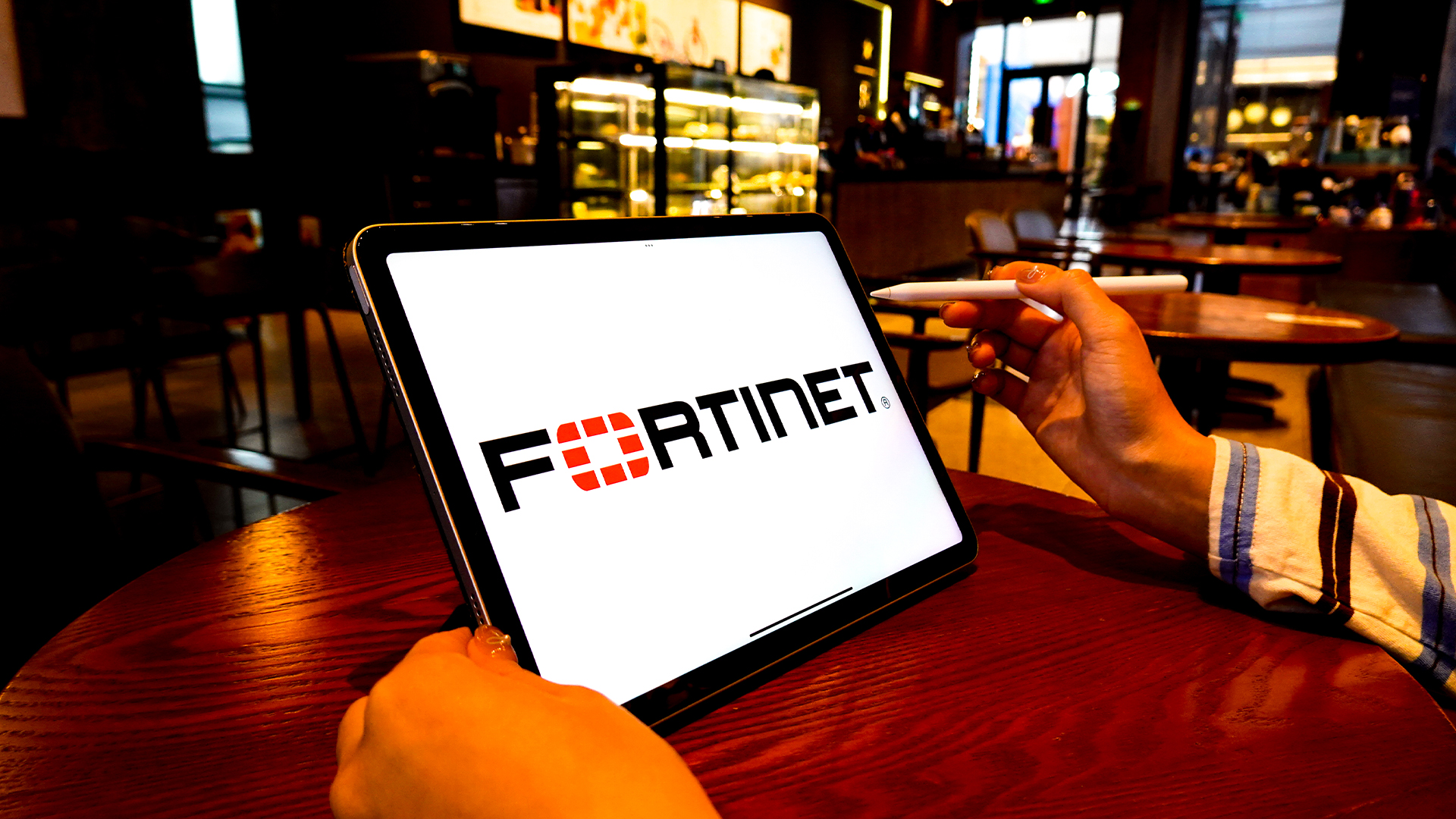Google Print et al: Alternatives to traditional printing methods
Google Print is not the only option when it comes to printing in the cloud. We explore the options...


Despite the prophesies of the paperless office being bandied around for years, there seems to be more paper in the office than ever before. Could the cloud therefore finally be the answer to help us get rid of the office printer?
Many of us still like the feel of paper and there is something quite satisfying about opening up a book or even perusing the shelves of a local bookshop. But in our modern world, things are moving much faster and the cloud can in some ways either preserve our need for printed material or destroy it.
As far as preserving it, the cloud can help us increase flexibility of when and how we print. The cloud thus far, for example, has been successfully used to provide a means to help smartphone users use printers that may otherwise have been off-limits.
Google Cloud Print
Google’s Cloud Print has been around since 2010 and allows users to print from mobile devices to a printer of their own choice. Applications can print through a web-based user interface to the cloud. The service then forwards the print job to a printer registered with the service.
Originally, the printer to which the job was sent would have been a local printer attached to a computer connected to the internet. Today, more and more printers are “cloud-ready” and can connect directly to such services. One of the main benefits of Google Cloud Print is that it allows you to print to a non-AirPrint printer if you have an iPhone or iPad.
Other such alternatives exist for both business and consumers with HP ePrint or Brother iPrint&Scan. However the main drawback of such cloud services is that each one only supports the printers of the manufacturer that supports it.
Sign up today and you will receive a free copy of our Future Focus 2025 report - the leading guidance on AI, cybersecurity and other IT challenges as per 700+ senior executives
Such services also tend to work over the cloud by having the printer on the other end have its own email address. This means if you want to print to a certain printer in your work or home, you have to email the document to that printer. Not quite as intuitive as tapping on a print button.
Many of these services are tied to a particular technology or hardware vendor. However, the Cloud Printing Alliance, which was formed in 2011, is working on providing the means for users and businesses to be able to print from any device through the cloud to any printer.
Another way?
The main driver behind the alliance is mobile enterprise software firm Cortado and counts printer manufacturers such as Brother, Oki, Kodak, Konica Minolta, Lexmark and Kyocera among its partners.
The main advantage for such an association is that cloud printing could be used on a cross-platform basis with iPad, iPhone, iPod touch, BlackBerry, Android and even Symbian devices, printing all major file formats to several thousand different printer types.
But while that takes care of ensuring users can print from any device, what about an organisation’s traditional printing requirements? For many companies, the printing of the annual report is time-consuming and expensive. While many recipients are happy to move with the times and have a PDF sent to them they can then read using their desktop computer or tablet on the commute into work, others still want the printed page. Hard copy is still preferred for some jobs and some people.
Cloud print providers can draw on a network of production facilities through the cloud to cut the costs of printing. Services, such as Peecho, HubCast, MagCloud and Shapeways, can not only cost less they can be eco-friendly.
For example, a large financial institution can print out thousands upon thousands of annual reports to shareholders. When they come through the door or arrive at the desk, many of these reports promptly get thrown into the rubbish bin.
Counting the cost
Instead of this waste, a company can ask its users to choose either a printed version or a digital one. If they request a printed version, the company can use a cloud print provider to print out documents through a network of printing companies. This, at a stroke, cuts down carbon emissions, eliminates wastage and the costs of posting something that was always going to be destined for the bin.
Admittedly, the cost per copy increases, but the overall cost to the company can be dramatically slashed with the cloud. The economic benefits may become greater as more print shops see the opportunities that cloud printing could bring.
Printing as a service has the potential to decrease an IT organisation’s capital investment and support costs by reducing the number of company-owned printers. What's more, the cloud’s usage-based model decreases operational costs as users only print what is needed.
Whether printing is for a single user on their smartphone or a large company looking to print brochures, printing is shifting away from a means of communication to one of preserving digital data in a more persistent form.
This in turn will open the market up for a cloud-based printing infrastructure that can access a network of professional print facilities, making print as a service a shared resource that avoids cost and complexity. The shift to on-demand printing via the cloud could help move us from the wasteful of paper to print everything to complete digitalisation of the printed word.
However, one major barrier to the widespread adoption of cloud printing is the lack of common standards.
"On the technology adoption curve, mobile printing has moved from innovators to early adopters," Dinesh Srirangpatna, a research manager at IDC, said in an analysis of cloud printing. "Lack of standardization is a barrier for adoption by early majority."
Organisations, such as the Cloud Printing Alliance, could move the standards journey along the way by promoting any-device printing from any location. And while there is also no dominant cloud print provider, there is still much debate to be had on what such a provider should focus and deliver on. It is consumers rather than enterprises that will dictate where cloud printing will go.
Rene Millman is a freelance writer and broadcaster who covers cybersecurity, AI, IoT, and the cloud. He also works as a contributing analyst at GigaOm and has previously worked as an analyst for Gartner covering the infrastructure market. He has made numerous television appearances to give his views and expertise on technology trends and companies that affect and shape our lives. You can follow Rene Millman on Twitter.
-
 Two Fortinet vulnerabilities are being exploited in the wild – patch now
Two Fortinet vulnerabilities are being exploited in the wild – patch nowNews Arctic Wolf and Rapid7 said security teams should act immediately to mitigate the Fortinet vulnerabilities
-
 Coursera and Udemy eye AI training dominance in $2.5bn merger
Coursera and Udemy eye AI training dominance in $2.5bn mergerNews The deal between Coursera and Udemy will create a $2.5bn company to help workers learn AI – and retrain for jobs replaced by it
